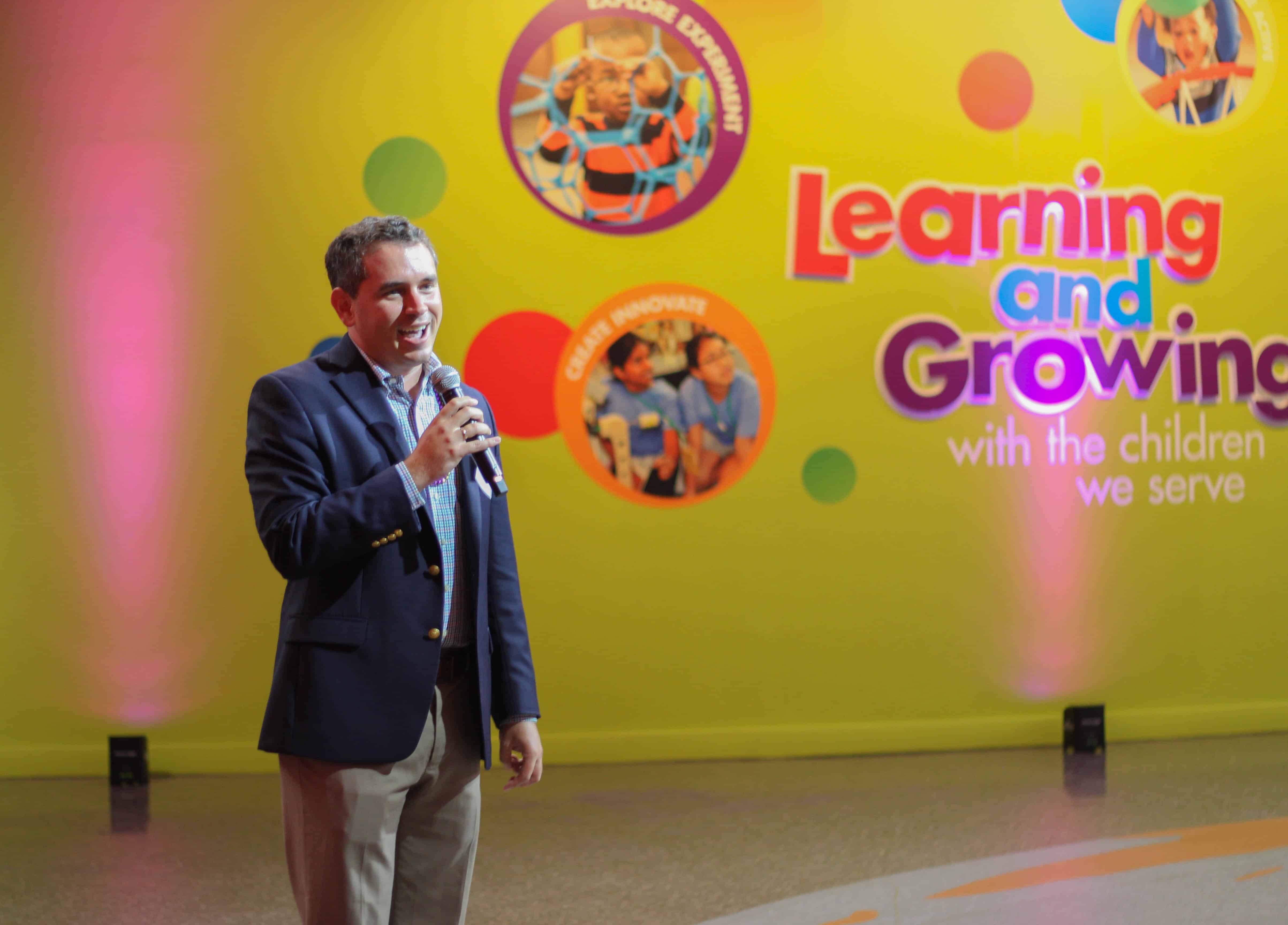Community engagement and support will play a critical role in achieving a postsecondary attainment goal in North Carolina. At the December meeting of the myFutureNC Commission, Nation Hahn, Chief Growth Officer at EdNC, shared meaningful community partnerships he has discovered while traveling across North Carolina. The Hunt Institute invited him to highlight some of those programs as part of the myFutureNC Blog Series.
Over the last year, the myFutureNC Commission has held listening sessions, site visits, and commission meetings across the state. I am grateful to have joined over half of the listening sessions, as well as other activities throughout the year. My colleagues at EdNC and I partnered with Anita Brown-Graham and Emily Gangi Williamson from NC Impact at the UNC School of Government to highlight bright spots that show how to build stronger engagement between education, industry, and community.
One example worth looking at is the K-64 Learning Initiative in Catawba County. K-64 is a five-year collaboration between local government, economic development, and education sectors across the county. The goal is to better prepare all residents, from pre-kindergarten to individuals on the eve of retirement, to be competitive in a fast-changing global economy through one-to-world technology, character and soft skills development, work-based learning, and more.
K-64 understood from the outset that industry had to play a role in building out the curriculum and offerings. In response to employer feedback about the need for soft skills among new employees, they instituted soft skill and character development as one of their key tenants. They also knew that employer engagement would be critical, as demonstrated by their project Education Matters which takes middle school students to visit STEM-based careers in their area. The program connects the excitement of the job to specific curriculum choices the students may make as their educational career unfolds.
The Bright Spots series showcased numerous other initiatives which are worth exploring from the work of Project SECURE in Wake County which focuses on training unemployed and underemployed individuals for careers in IT jobs, to the Wilson 2020 Youth Master Plan which identified five key areas to improve educational and life outcomes for youth in the area. For more on each community program we profiled, check out the webinar Anita, Emily, and I conducted back in November.
Our students represent the future of our state — and the future of industry. In order make sure that more than two-thirds of our residents have a degree or high-quality credential by 2030, it will take all of us working together. Businesses should focus on connecting students to career opportunities to ensure they have the pipeline of talent they need moving forward as folks have done in Alamance County. Communities must focus on building a narrative explaining the opportunities for students to stay in their area as they have in Burke County.
Ultimately, each community across North Carolina must engage across the educational continuum to achieve the moonshot that will allow our state to continue to lead in a changing economy and world. Let’s go to work.
Editor’s note: This piece was originally published by the Hunt Institute. It has been posted with the author’s permission.
Recommended reading




